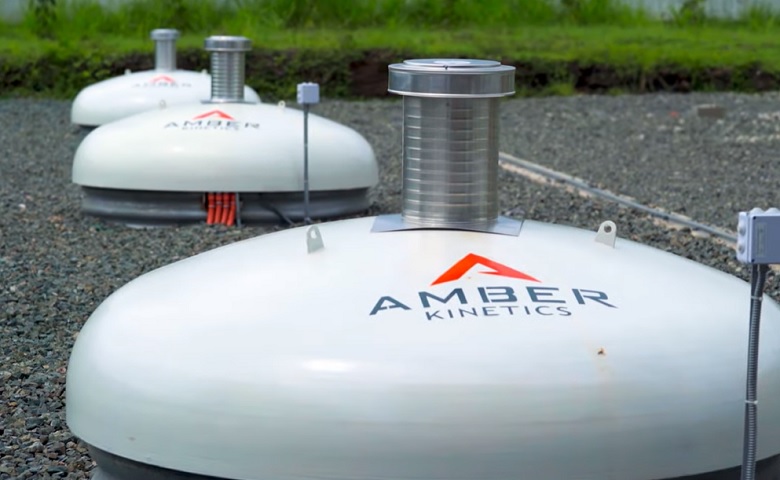Energy production has always been a challenge. As living standards, incomes, and technology have improved, the power demand has increased with them and there are challenges in meeting that demand. Global instability has long created problems, whether it’s the price of oil or gas, and there is also an increasing demand for clean energy to help combat the climate crisis.
However, the demand for clean energy creates a dilemma. While renewables are inarguably the key to a sustainable energy future, it is variable and intermittent as it relies on weather conditions. Until we can control the weather, we cannot rely solely on renewable sources.
The answer so far has been to use batteries to support the integration of renewable energy. While batteries have become the convenient and popular choice, it is not without its own drawbacks and limitations. The chemicals used come with an environmental cost in manufacturing and disposal. They have relatively short lifespans — less than five years — and lose efficiency over time. This has resulted in the search for alternatives to battery energy storage.
The most promising alternative looks to be flywheel technology. Once common in industrial settings, the flywheel is making a comeback. Many are surprised to consider the flywheel as an energy storage option but modern engineering and extensive research and design have since advanced flywheels to a viable and competitive energy storage solution.
The first commercial example is Amber Kinetics’ M32 Kinetic Energy Storage System (KESS). Having been tested in various sites across the globe, it offers several advantages as a battery energy storage alternative. The most notable being its low environmental impact. The flywheel features a 30-year long lifespan and utilizes recyclable steel in its design.
Apart from its sustainable features, it has various performance and technical advantages. It is quick to charge, responsive, and reliable even in harsh weather conditions. The single unit holds 8kW, which it can discharge over four hours. It is also highly scalable, allowing installations to manage hundreds of megawatts of power for grid-scale applications.
Batteries have been invaluable in establishing renewables as a viable method of energy production but they also present new environmental challenges. Flywheel technology creates the prospect that we can have a clean energy future, making emission-free generation a real possibility for the first time.
















